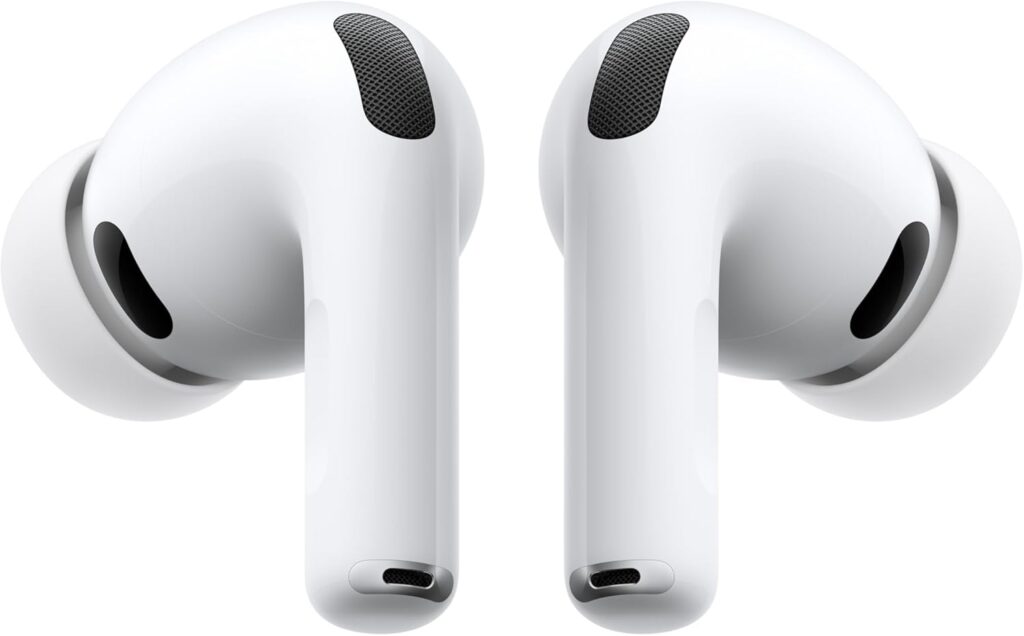
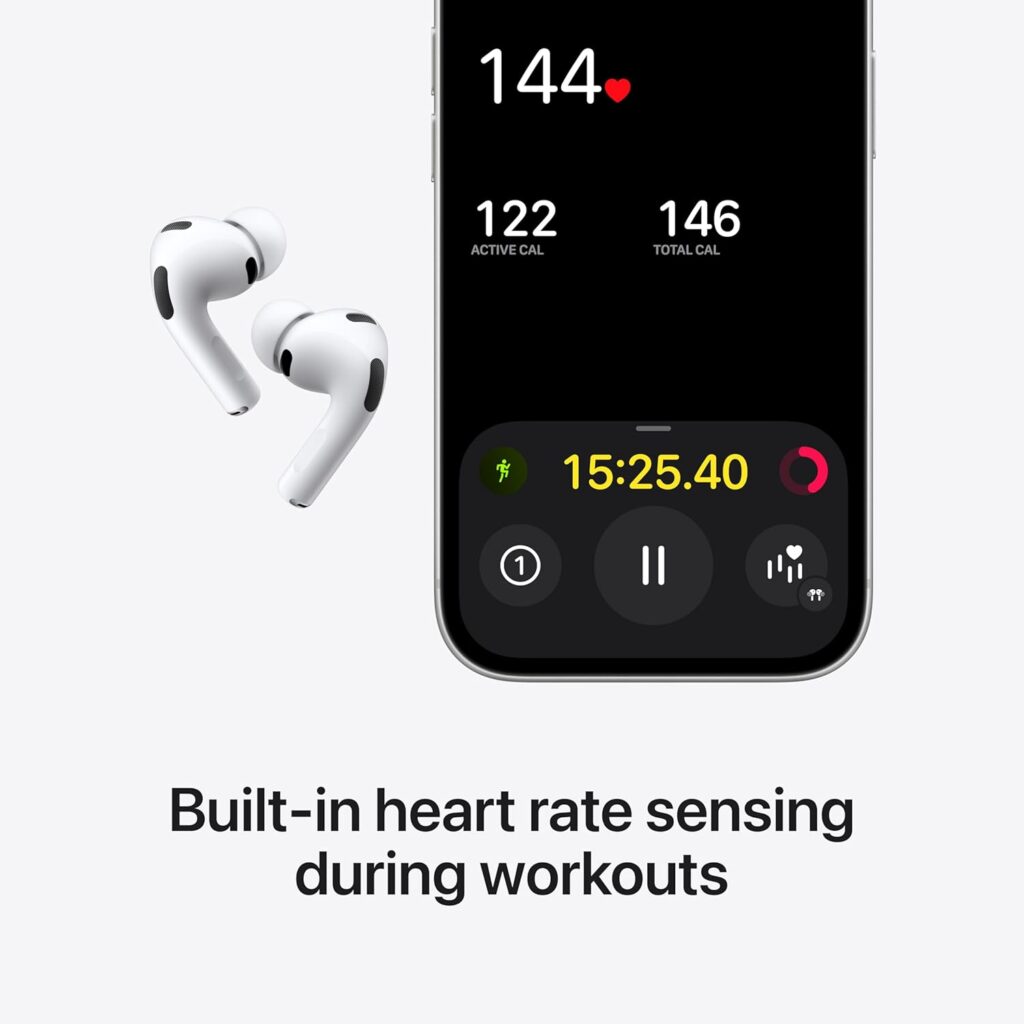
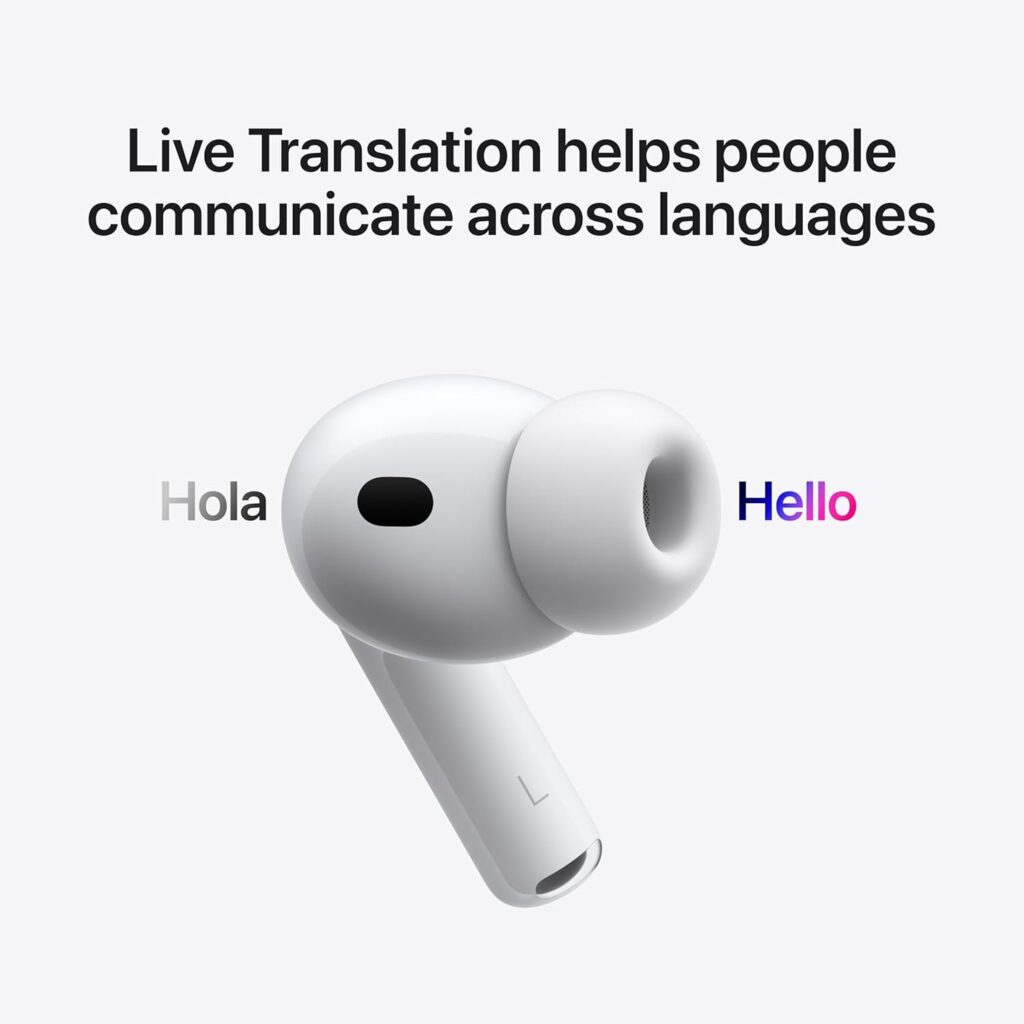
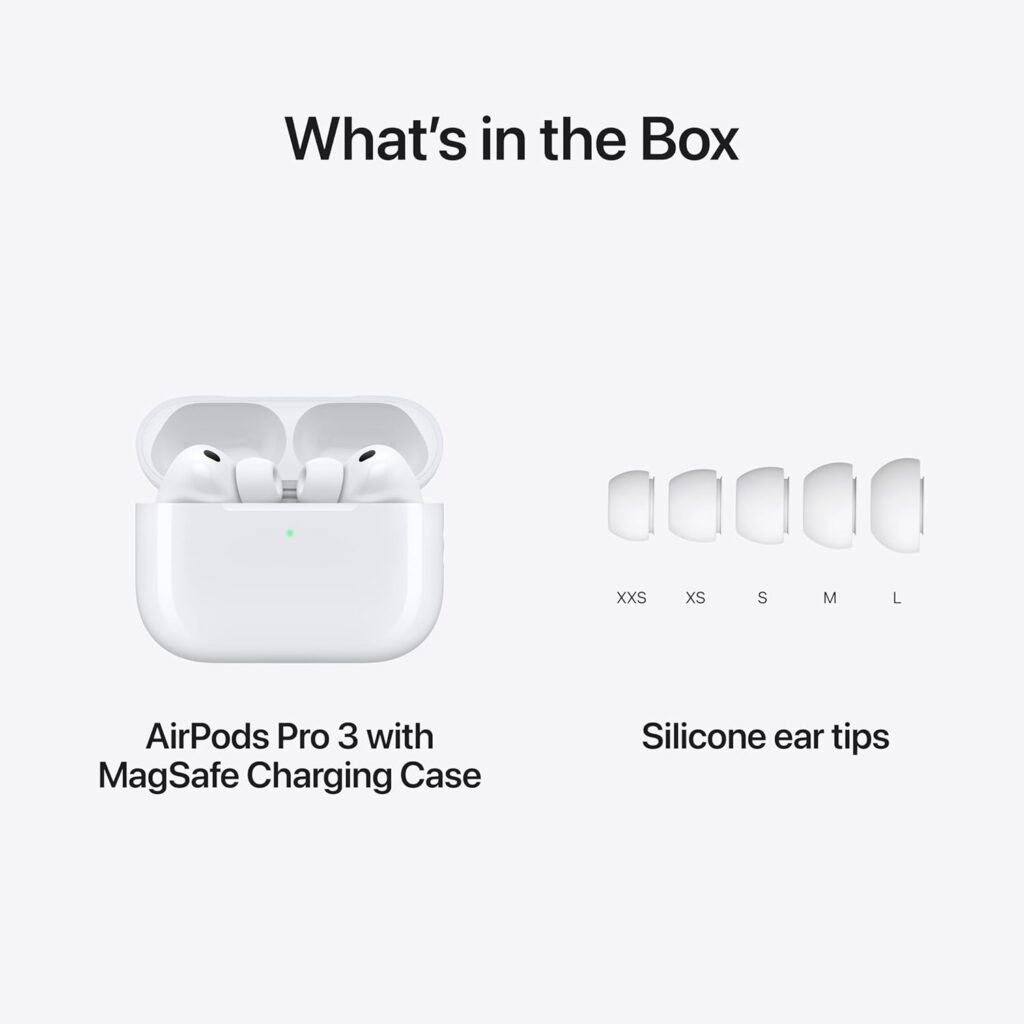
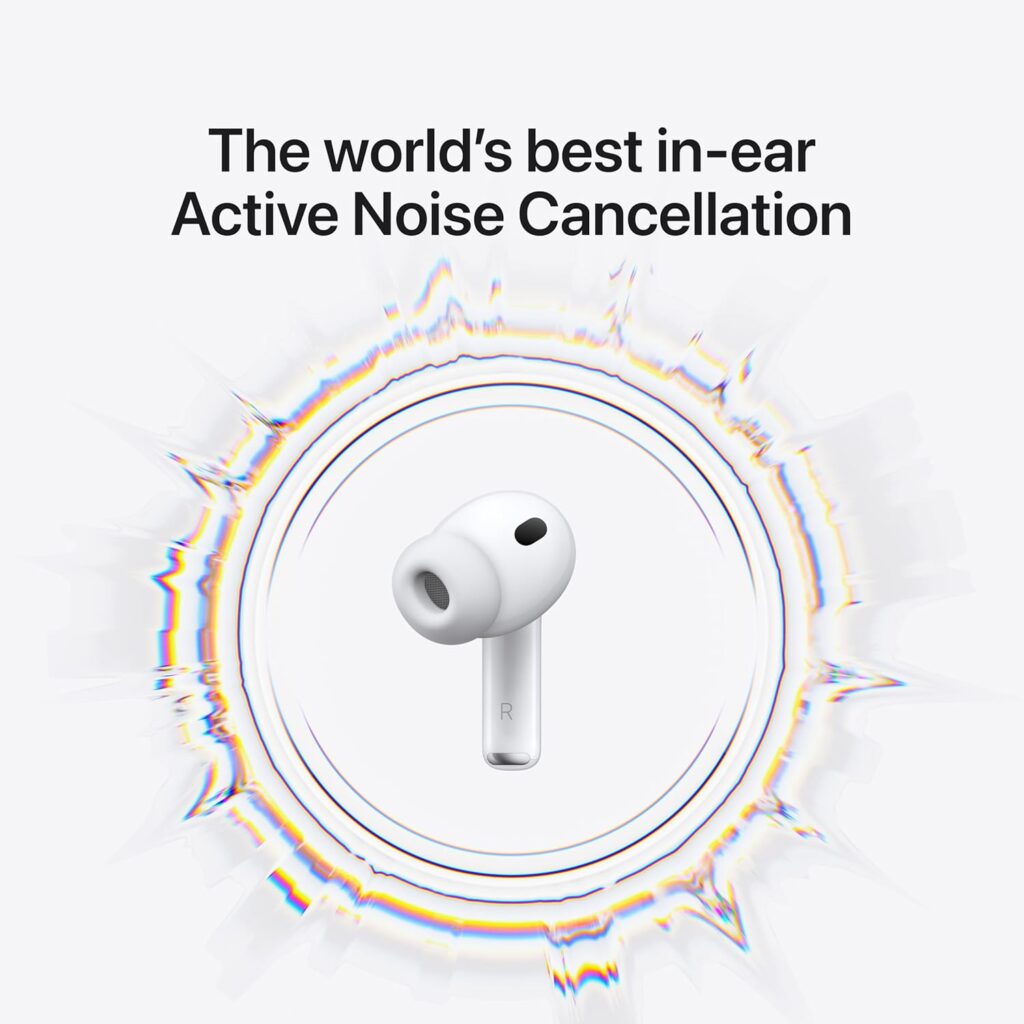
Apple AirPods Pro 3 — In-Depth Review & Verdict
Product: Apple AirPods Pro 3 (USB-C, Active Noise Cancellation, spatial audio, heart-rate sensing)
Introduction / First Impressions
When Apple releases a new version of a flagship product like the AirPods Pro, expectations run high. The AirPods Pro 3 are billed as a generational upgrade: better noise cancellation, added health features, and even “Live Translation.” Having used them over several days, here’s what stood out.
Out of the box, they feel premium (as you’d expect from Apple). The build, the packaging, the accessories — it all feels like a high-end product. The MagSafe charging case with USB-C feels modern, and the fit options with five different ear tips help tailor the comfort.
Key Features & Specs (What Apple Claims)
Before I dive into real-world impressions, let’s see what Apple advertises as the headline features:
| Feature | What Apple Promises |
|---|---|
| Noise Cancellation | “Removes up to 2× more unwanted noise than AirPods Pro 2” |
| Spatial Audio / Sound Quality | “Breakthrough audio performance,” better bass, clarity, immersive experience |
| Battery Life | Up to 8 hours (with ANC), up to 10 hours (in transparency/hearing modes) |
| Live Translation | Translate in real time while conversing |
| Heart-Rate Sensing | Track heart rate and calories during workouts, with integration into Apple’s health ecosystem |
| Hearing / Health Features | In-ear hearing test, Conversation Boost (to enhance voice clarity), automatic hearing protection |
| Fit & Comfort | New ear tip sizes (five sizes) for more personalized fit |
| Connectivity | Auto switching, audio sharing, Adaptive EQ, inward-facing mics that adjust in real time |
These are impressive on paper. But how do they perform in everyday life?
Real-World Use: What Works, What Doesn’t
Here’s how the AirPods Pro 3 performed in my hands-on testing over several days (commutes, workouts, calls, ambient environments, etc.):
What Works Very Well
- Noise Cancellation & Ambient Modes
The ANC is noticeably stronger compared to my older AirPods Pro. It silences engines, chatter, and mid-frequency noise better. In “Transparency / Hearing Aid” modes, it lets through sound naturally and with little distortion. - Sound Quality & Immersion
The low end (bass) is richer, and the mids/highs stay clear. Spatial audio really gives that “inside the soundstage” feeling when listening to music or watching films — your head movements feel integrated. Vocals remain crisp. - Comfort & Fit
With five ear tip sizes, I found a good match that seals well without pressure. For long listening sessions, the fit stayed comfortable (no soreness after hours), and they stayed in place during light exercise. - Battery & Daily Use
In real use, I got close to 7–7.5 hours with noise cancellation — slightly under the full 8 hours, but that’s expected with higher volumes or frequent switching. Using the charging case extends it well. The USB-C / MagSafe setup is convenient. - Health / Fitness Tracking
The heart rate sensing works decently during walks and runs (especially when paired with iPhone). It’s not a medical-grade sensor, but fine for casual monitoring and giving insights into calorie burn and intensity. - Seamless Apple Ecosystem Integration
Auto device switching, audio sharing, and the way it pairs with iOS are almost effortless. For Apple users, this is a strong point. Also, the inward mics doing real-time adjustment (Adaptive EQ) make subtle corrections you’ll appreciate in diverse environments.
What’s Less Perfect / Trade-Offs
- Battery Claims vs Reality
Under heavy use (high volume, frequent switching, heavy ANC), I didn’t quite reach the full 8 hours. It’s close, but real-world usage always trims it a bit. - Live Translation — Still Early
The ability to translate conversations live is exciting, but in testing I found it more useful for short interactions than sustained conversations. Latency and context errors crept in occasionally, especially when two people spoke simultaneously or in noisy surroundings. - Price & Premium Cost
These are premium earbuds, with a price point to match. If you don’t need the extra features (heart rate, translation), you might find better value in other models. - No Charging Cable Included
The package does not include a USB-C charging cable or power adapter, so you’ll either use your existing one or need to buy one separately. Amazon - Heart Rate Accuracy Is Modest
For casual fitness metrics, it’s adequate. But if you need precise medical-grade readings, a dedicated chest strap or high-end fitness product will still beat it.
Who This Is For (—and Who Might Prefer Something Else)
Ideal For:
- Apple ecosystem users (iPhone, iPad, Mac) who want seamless continuity.
- People who travel, commute, or spend time in noisy places and want strong noise cancellation.
- Tech enthusiasts who want to try bleeding-edge features like Live Translation or in-ear hearing tests.
- Users who value convenience, integration, and premium design.
Less Ideal For:
- Android users (some features may not translate fully across platforms).
- Those on a tighter budget who don’t need premium extras.
- Users needing extremely accurate health/fitness data.
- People satisfied with existing wireless earbuds and not needing the incremental upgrades.
Verdict & Recommendation
Overall, the Apple AirPods Pro 3 make a compelling case as the top-tier wireless earbuds for Apple users in 2025. They raise the bar for noise cancellation, offer new health tracking features, and integrate deeply into Apple’s ecosystem in a way few competitors can match.
If you already own AirPods Pro (gen 1 or 2), the upgrade is justifiable if you make heavy use of ANC, spatial audio, or health features. For first-time buyers looking for premium earbuds to pair with iPhone, these are among the best you can get.
👉 Recommendation: If your budget allows, go for them. If not, see whether the features you’ll use justify the premium — sometimes a prior-gen model or high-end non-Apple rival gives more bang-for-buck.
This is the product description. Here, you can write a detailed overview highlighting the product benefits, features, and unique value. Describe how it enhances convenience, promotes sustainability, or improves daily life. Focus on key selling points, materials, functionality, and any eco friendly or innovative aspects.
Leave a Reply